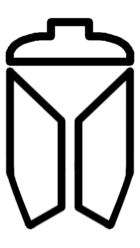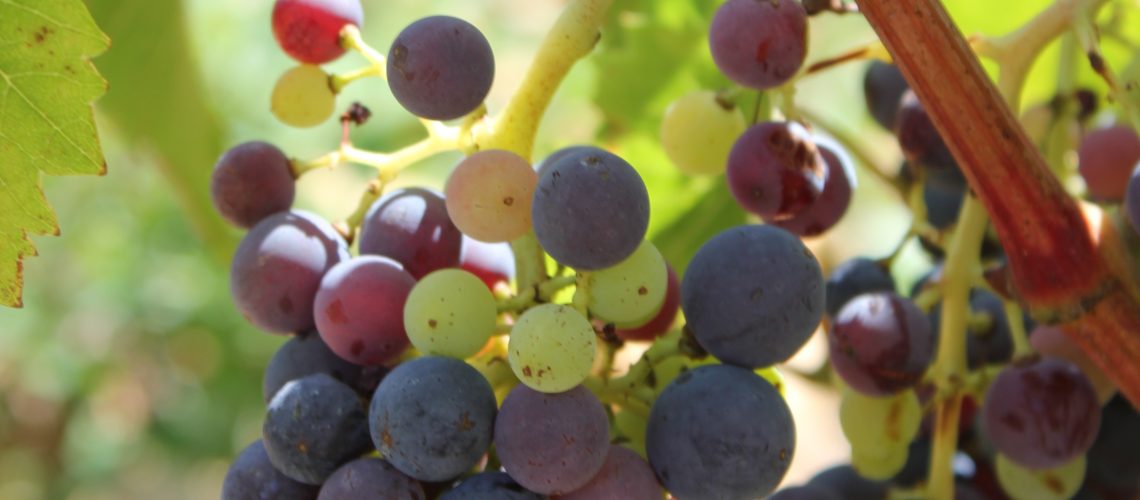For many millennia, people around the world have been fermenting grape juice to create an alcoholic drink – wine. Perhaps it is no wonder, then, that unlike most other booze, I have always struggled to understand wine – how it’s made, where it’s from, how these factors impact the flavour – the whole lot. With thousands of grape varieties, grown on (almost) every continent, using countless techniques, whether ancient or high-tech, aged in every container imaginable, sometimes for decades, (occasionally in space,) the subject is completely overwhelming.
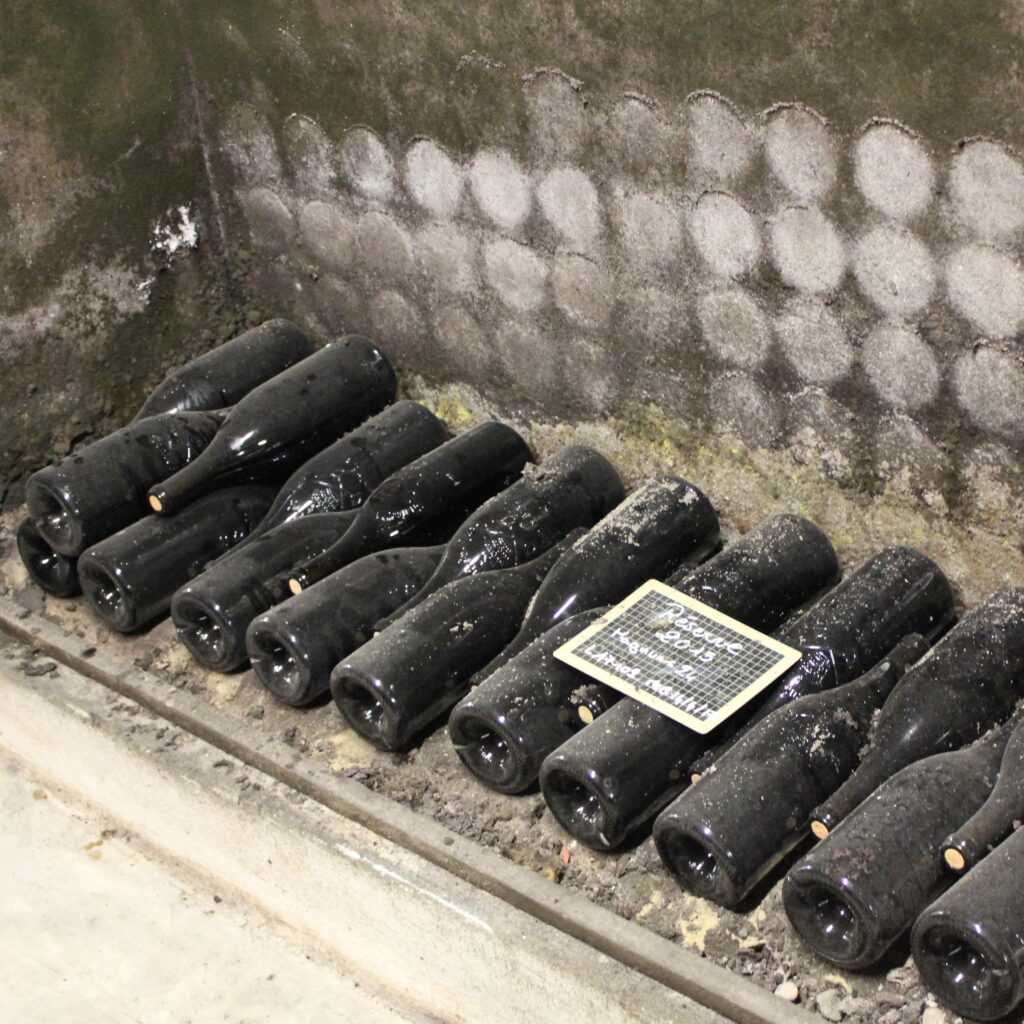
At this point, I have to make something abundantly clear. It is not only acceptable, but frankly the more reasonable response to the point made above to not bother. It is not necessary to memorize grape varieties to enjoy a glass of great wine. Whether you are buying a bottle to drink at home, or ordering at a restaurant, there are people there who may have dedicated significant parts of their lives to understanding wine. Let them help you! They are more than happy to find a wine that suits your tastes!
That being said, if you are either bored or committed enough to elevate wine from a beverage to a hobby (or in my case, an obsession), here’s my approach to that endeavour:
1. Research
I know, I know, you probably wouldn’t be looking at a blog post if you were keen on amassing a whole library on the subject, but you need a very baseline understanding of wine to proceed with any modicum of success. Personally, I recommend investing in “The World Atlas of Wine”, a staple written and regularly updated by Hugh Johnson and Jancis Robinson, two giants of the industry. The first, general part serves as a great introduction to the world of wine, and the bulk of the book, concerning specific countries and regions, can accompany you on your further journey.
Alternatively, if reading is not your preferred method of acquiring new information, you may choose to visit some wineries or shops, and have someone more knowledgeable explain the basics of wine making to you. Keep in mind, however, that many of the most easily accessible tours and tastings are not geared towards enthusiasts, and keep the information too surface level for even an introduction.
Lastly, if you want to avoid spending money on things that are not actually wine, there are many resources available online to help you down this particular rabbit hole. I especially recommend vinography.com. If you find other resources, I will be happy to mention them here.
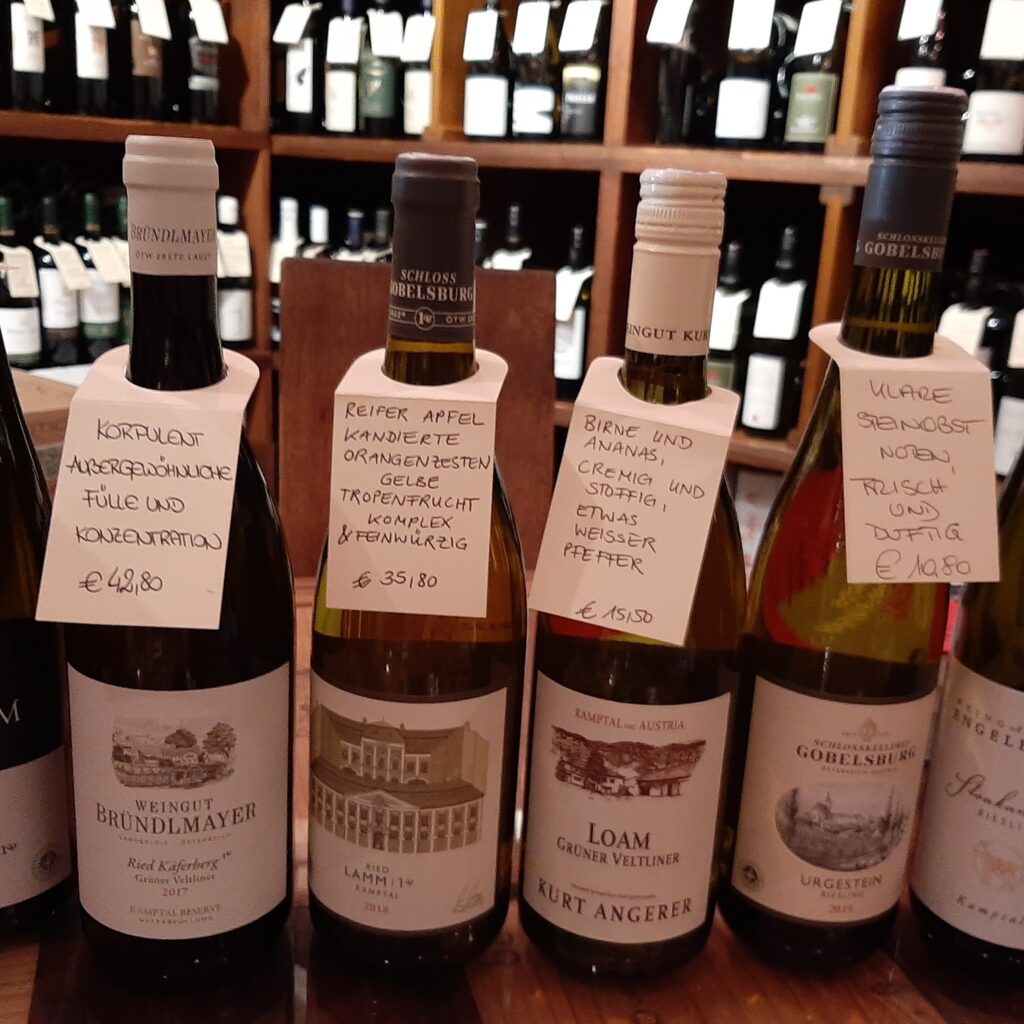
2. Plan ahead
Now that you’ve covered the very basics, you’re still faced with millenia worth of wine making history. While you can absolutely just try as many wines as you’re (safely) able to (seriously, drink responsibly!), I’ve personally found such attempts to be futile. What I recommend, instead, is to limit your scope to a specific region and/or style of wine. If there is wine production local to you, that should absolutely be your starting point.
Firstly, it just makes sense to get to know your local wines. Secondly, you may be able to get much more accurate and in-depth information by talking to your local vintners. If there are no wines local to you, or if you want to start somewhere else, pick any region that suits your taste (and budget). Just keep in mind that the point is to set a manageable goal. As a rule of thumb, if you have selected an entire country as your starting point, you need to reconsider. Again, if you’re struggling to make a choice, ask for help!
3. Time for tastings
If you’ve followed along, you should now have a baseline understanding of how wine is made, and have chosen a region to mark the start of your journey, which, before long, will have you learning about culture, history, geography, geology, agriculture and much more. All that’s left to do is to start tasting some wines. I’ve written an entire article in praise of tastings, which I recommend you read if you haven’t already, but in a nutshell, here’s what you need to do:
Create an environment to taste in. The best way, in my opinion, is to get some friends to join you – this is what I have done. Everyone brings one bottle (just make sure to buy different ones!), and you get to try multiple wines for the price of one! If your friends are not interested in wine tastings, you can simply make a point of ordering wines from your chosen region whenever you’re at a restaurant or bar, or you can treat yourself and those you care about to a bottle of wine every now and then.
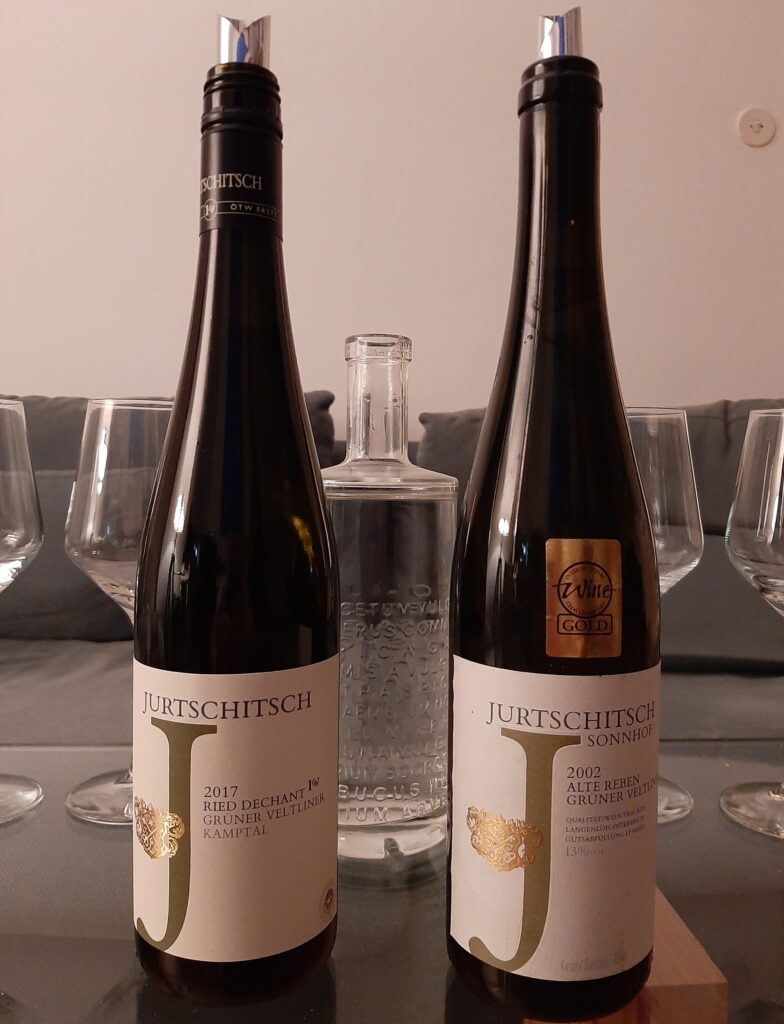
Focus on your experience drinking the wine. How does it look, how does it smell, how does it taste? Which memories does it evoke, how does it make you feel? This is obviously highly subjective, and for starters, you should not concern yourself with the terminology more broadly used in tasting notes. Simply stick to what makes sense to you. Whether a wine smells of that one trip you took as a child, or tastes of that cough syrup that’s collecting dust in your medicine cabinet, any description that makes sense to you is correct. This is all about learning to identify and describe individual flavours and nuances. Only once this comes naturally, you should start looking at more “standardized” tasting notes.
Always take notes! This is really important. Firstly, it is very easy to get distracted by the enjoyment of a nice glass of wine in good company. Taking notes helps you to stay mindful and focused on the tasting. I very regularly let my mind wander while tasting, only to discover that I’ve been swirling my wine for several minutes without actually consciously smelling it. A blank page (or screen) is a stark reminder to get back to work.
Secondly, you can revisit your notes at a later date to build up a frame of reference to compare different vintages, or even to find out how your own perception of the same wine can change.
By following these three steps, you should soon begin to recognize some more subtle characteristics common to your chosen region, and others that differ greatly from one bottle to another. If you’re feeling adventurous, you may try to find out what differences in geology, weather condition or production method correlate to which flavours, but finding the commonalities is much more important. If you’ve reached this point, congratulations, you have completed the first (and possibly most difficult) steps of your journey. You have acquired a basic understanding of the wines of your region. Next time you’re faced with a wine menu, or planning the wine pairing for a nice dinner, you can draw upon this knowledge to decide whether a wine from this region is fitting. Whenever you reach this point, you can move on to the next region.
Personally, I’ve begun doing monthly tastings, and I find that a moderate amount of research about the given region, its history, geography, and most importantly its grape varieties, followed by a tasting of about a dozen wines, give or take, is perfectly sufficient to grant a lasting impression. If a dozen wines seems too daunting, don’t worry. As long as you stick to smaller or more homogenous regions, you can easily cut that down to six.
If you’re interested in the tastings I’ve been doing, I’ll be writing articles about them as well, you’ll find them here in the future. In either case, you are now well-prepared to begin your descent into one of the most delectable rabbit holes. Good luck and, most importantly, enjoy! If I’ve inspired you to begin your own tastings, I’d love to hear from you! How has it been, what have you learned? Did I miss anything?
